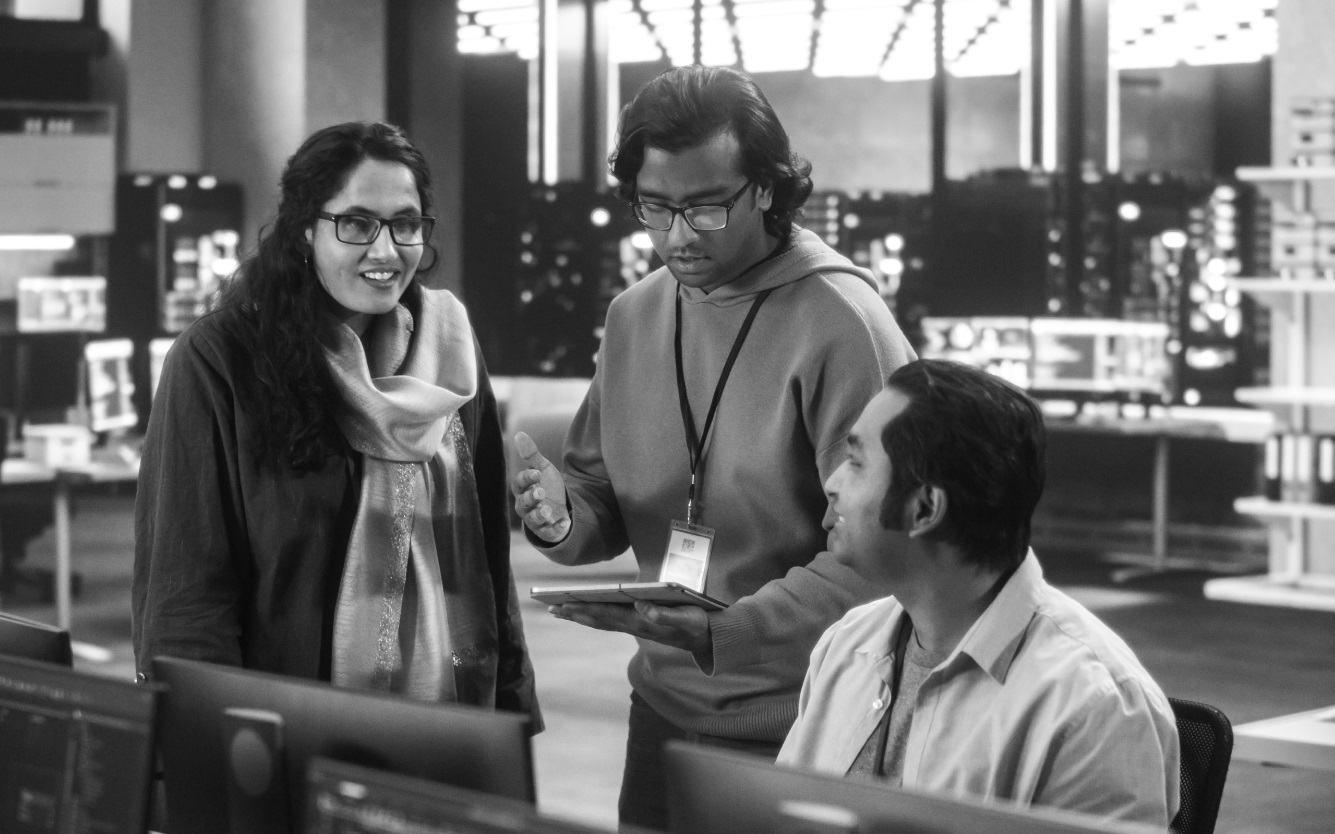Partner with us for reliable IT support. Contact us now and find out how we can streamline your IT needs!




In a time of elevated uncertainty, the idea of digital sovereignty is more relevant, and urgent, than ever. But could we be doing more with our homegrown talents? A new piece in The Mandarin makes the case for why using local has never been stronger.
Digital sovereignty is top of mind for many nations, including Australia. In part, this can be traced back to the supply chain collapse experienced during the pandemic and, more pertinently, the current fraught geopolitical landscape.
The problem is, digital sovereignty is hard and, in many cases, infeasible. As a recent Senate Inquiry into supporting the development of sovereign capability in the Australian tech sector noted, “complete sovereign capability in tech is unlikely to be a realistic strategy for any country, including the United States and China, much less Australia.”
Where Australia has made strides in digital sovereignty is in programs like the Digital Sourcing Framework, The Buy Australia Plan and the Future Made in Australia agenda. With the Buy Australia Plan (BAP), the Australian Government’s Procurement Capability Branch has a mandate to co-ordinate the BAP across the Australian Public Service (APS), along with building the procurement and contracting capabilities of the APS and engaging directly with business to help lift their competitive capabilities.
Brennan, an Australian-founded and owned Systems Integrator (SI) with practices including cybersecurity, networking, cloud and artificial intelligence (AI) sees the Buy Australia Plan as a strong opportunity to build sovereign digital capability within the Australian government sector.
Brennan recently completed the acquisition of Canberra-based CBR Cyber, a move designed to strengthen both its cybersecurity offerings and its presence in the nation’s capital. The acquisition also reinforces Brennan’s advanced network offerings, along with the experience to design and implement security offerings in-line with government frameworks including the ISM, PSPF and Essential Eight.
“CBR Cyber’s customer base and reputation gives Brennan relevance and insight into how the public sector market operates, what the public sector expects and how we should engage as a delivery partner.”
Dave Stevens, Brennan Managing Director
However, the deal goes both ways, says Andrew Weir, federal manager for CBR Cyber (now part of Brennan).
“Bringing Brennan’s capabilities in digital transformation, data and AI, and managed services to the local Canberra market creates a stronger, broader catalogue of services that we can offer to the federal government, as an Australian-owned entity.”
The Australian Government has published several well-defined cyber security strategies, policies and frameworks covering the government itself and critical infrastructure providers.
The challenge for agencies, departments and critical infrastructure providers is in designing, building and operating systems and maintaining compliance with those policies and frameworks. This is because technology is changing so fast and threats are constantly evolving, along with the fact the resources required from the industry are significant.
The way to address these challenges, says Weir, is through investment. But investment doesn’t mean just buying technology and solutions; it also means investing in people.
“As a nation we need to invest in the people who design, implement, monitor and manage the technologies, as well as people to assess the compliance and the risk of technology solutions.”
Andrew Weir
“The government will need to continue partnering with industry and promoting investment in cyber security skills to meet the demand,” he adds. “The use of shared services and AI models may be other avenues to provide services at scale.”
The reality, says Weir, is we simply don’t have enough skilled people to go around in Australia, so both government and industry must be smart about how they go about addressing the skills gap. The answer is through shared services.
“The rate of change in technology, and the expansion of service offerings that need to be maintained or integrated with, is increasing,” says Weir. “Technology is changing faster than ever, and that is only going to increase with the adoption of AI, quantum computing, and other technologies.”
The result is it’s becoming harder to manage all technology and integrations with a limited number of staff. And the skills shortage means staff turnover can be a problem and corporate knowledge can depart at any moment.
Weir says this is where shared services come into play. Shared services can scale as they’re needed, while providing ongoing expertise and reducing staff turnover risks.
“At Brennan, we think there are innovative ways to provide shared services to the public sector. This starts in the traditional managed services space and then moves toward shared services across applications, AI and cybersecurity.”
Government procurement is big business, with the Commonwealth spending $74.8 billion on goods and services across over 85,000 contracts in 2022-23. According to AusTender figures, of this total, around 20 per cent was allocated to tech procurement. This includes $4.9 billion on computing services, $1.2 billion on software and $1.1 billion on communications devices and accessories.
This is where the Buy Australia Plan comes into play, and where Brennan sees an opportunity for home-grown systems integrators to step into a space traditionally occupied by the big foreign players.
Weir says the combined entity can show local systems integrators offer better working relationships and partnerships with the public sector, while offering the same level of expertise and service as an international provider.
“What I’m seeing in the market is frustrated customers exiting managed service contracts with their systems in much the same shape as they were when they entered the contract.”
Andrew Weir
The tech and security landscapes are constantly changing, and system integrators must help customers adapt to these shifts. The expectation, says Weir, is one where SIs must have a mentality of continuous improvement and collaborative upgrade programs throughout the life of the managed service contract.
“Brennan operates at a similar scale to the international system integrators present in the Australian market,” says Dave Stevens. “We’re over 1100 people strong, with more than 1700 clients. The acquisition of CBR Cyber means we now have the in-depth experience and the knowledge of how to work with the public sector.”
Working with local solution providers makes sense from an agility perspective, and for decision-making speed, adds Dave Stevens. He says being Australian owned and operated means Brennan brings sovereign services, local decisions and local insight. “There’s no interference or delays in capability from overseas,” he says. “That agility and underlying ability to do what is needed is key, and as an Australian owned company, we provide benefits to the Australian economy and communities that multinationals do not.”
Over the past 30 years, Brennan has developed a True Performance System with cybersecurity integrated by design. This systematic and methodical strategy, derived from tens of thousands of data points and customer interactions, is crafted to deliver real and relevant outcomes on time and within budget.
“We don’t sell dreams,” says CBR Cyber’s Weir. “We only commit to deliver solutions and services with real, tangible benefits, and we follow through on our word.
“We always keep our promises and act in the best interests of our customers.”
This feature originally appeared in the 18 June 2025 edition of The Mandarin.



Partner with us for reliable IT support. Contact us now and find out how we can streamline your IT needs!